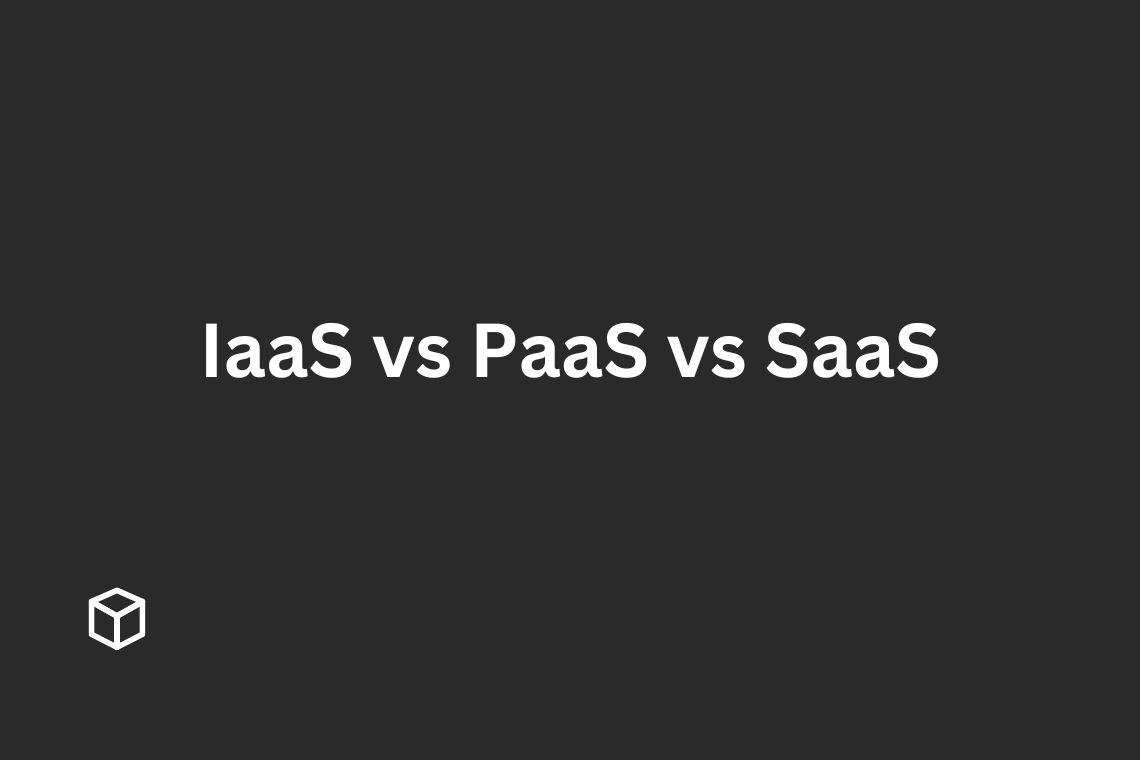Cloud computing has revolutionized the way businesses and individuals access and use technology.
With the ability to access and manage resources over the internet, cloud computing allows for greater flexibility, scalability, and cost savings.
One of the key benefits of cloud computing is the ability to choose from different service models that best suit your needs.
These service models include Infrastructure as a Service (IaaS), Platform as a Service (PaaS), and Software as a Service (SaaS).
Each of these models offers different advantages, and in this blog post, we will explore the main differences between them.
Infrastructure as a Service (IaaS)
Infrastructure as a Service (IaaS) is a cloud computing service model that provides customers with virtualized computing resources, such as servers, storage, and networks.
These resources are accessed over the internet and can be used to run applications and store data.
IaaS is a popular choice for businesses that need to scale up or down their computing resources quickly and easily.
Some of the popular IaaS providers include Amazon Web Services (AWS), Microsoft Azure, and Google Cloud Platform (GCP).
These providers offer a wide range of services, including virtual machines, storage, and databases.
One of the major benefits of using IaaS is cost savings.
Instead of having to invest in and maintain your own physical servers, you can pay for only the resources you need on an as-needed basis.
Further, IaaS allows for greater scalability and flexibility.
You can easily add or remove resources based on your business needs.
However, there are also some drawbacks to using IaaS.
One of the main limitations is that you still need to manage and maintain the resources you have access to.
This can be time-consuming and may require specialized expertise. Moreover, you may also need to manage and maintain the underlying operating system and software.
Platform as a Service (PaaS)
Platform as a Service (PaaS) is a cloud computing service model that provides customers with a platform to develop, run, and manage applications.
This platform includes everything from the operating system to the web server and databases.
With PaaS, developers can focus on building and deploying their applications without having to worry about the underlying infrastructure.
Some of the popular PaaS providers include Heroku, OpenShift, and Salesforce Lightning.
These providers offer a range of services, including web hosting, databases, and development tools.
One of the major benefits of using PaaS is the reduced development time.
With the platform already in place, developers can focus on writing code and deploying their applications.
PaaS can also increase collaboration and teamwork, as developers can work together on a shared platform.
However, there are also some drawbacks to using PaaS.
One of the main limitations is vendor lock-in.
Once you have built your application on a specific platform, it can be difficult to move it to another provider. Furthermore, PaaS can also limit customization options, as you are working within the constraints of the platform.
Software as a Service (SaaS)
Software as a Service (SaaS) is a cloud computing service model that provides customers with access to software applications over the internet.
These applications are typically accessed through a web browser, and users do not need to install or manage any software on their own devices.
Some of the popular SaaS providers include Salesforce, Office 365, and Zoom.
These providers offer a wide range of services, including customer relationship management, productivity tools, and video conferencing.
One of the major benefits of using SaaS is ease of use.
With SaaS, you can access the software applications you need from anywhere, as long as you have an internet connection.
Also, SaaS providers typically handle all software updates and maintenance, so you don’t have to worry about keeping your applications up to date.
SaaS also allows for easy access to data from anywhere, and this feature is very helpful for remote workforce.
However, there are also some drawbacks to using SaaS. One of the main limitations is dependency on internet connectivity.
Without an internet connection, you will not be able to access your software applications.
Moreover, with SaaS you have limited control over your data, as it is typically stored on the provider’s servers.
It can be a concern for businesses that handle sensitive information.
Conclusion
In conclusion, cloud computing service models offer a range of benefits and drawbacks.
IaaS provides customers with virtualized computing resources and cost savings, but requires ongoing maintenance and management.
PaaS offers reduced development time and increased collaboration, but can lead to vendor lock-in and limited customization options.
SaaS offers ease of use, automatic updates and access to data from anywhere, but requires internet connectivity and limited control over data.
When choosing a cloud service model, it’s important to consider your specific needs and goals.
We recommend researching different providers and their offerings to find the best fit for your business.
For further reading, we recommend checking out resources from the major cloud providers, such as AWS, Azure, and GCP.




